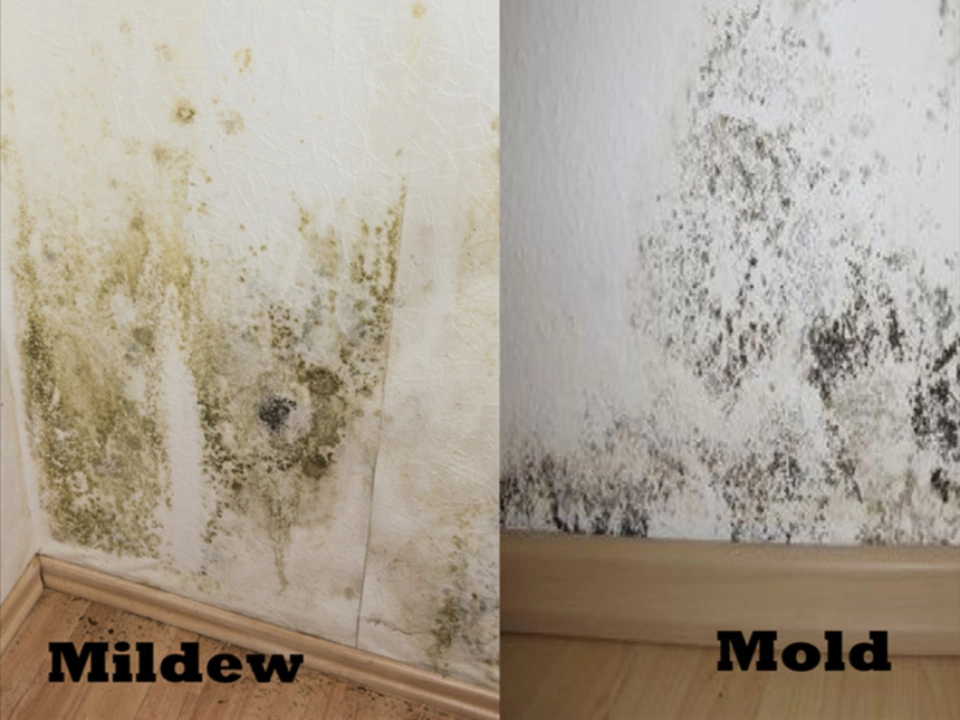Itraconazole – What It Is, When to Use It, and How to Take It
If you’ve been told to take itraconazole, you probably have a fungal infection that needs more than over‑the‑counter meds. Itraconazole is a prescription antifungal that works by stopping the fungus from growing. Doctors often choose it for tougher infections like blastomycosis, histoplasmosis, or certain nail and skin fungi.
Unlike some pills you can just pop and forget, itraconazole needs a little planning. It comes as capsules, tablets, and an oral solution. The capsule is the most common form, but the solution can be useful if you have trouble swallowing pills.
How to Use Itraconazole Safely
The first rule is to follow your doctor’s exact instructions. Typical adult doses range from 200 mg once daily for mild skin infections up to 400 mg per day split into two doses for serious systemic infections. Your doctor may tell you to take it with food, especially the capsule form, because food helps the body absorb the drug better.
Don’t skip meals or change your diet without checking first—high‑fat meals boost absorption, while low‑fat meals can reduce it. Also, avoid antacids and supplements that contain calcium or magnesium within two hours of taking itraconazole; they can lower how much medicine gets into your bloodstream.
Side effects are usually mild but worth watching. Common complaints include stomach upset, headache, and a rash. Some people notice changes in taste or a metallic feeling in the mouth. If you get severe itching, swelling, or trouble breathing, call your doctor right away—that could be an allergic reaction.
Itraconazole can affect liver function, so doctors often order blood tests before you start and during treatment. If you already have liver disease, let your physician know; they may lower the dose or choose a different drug.
Buying Itraconazole Online – What to Look For
When you need itraconazole but prefer buying it online, safety is key. Choose a pharmacy that requires a prescription and displays a physical address and clear contact info. Legit sites will also have a pharmacist available for questions.
Check reviews, but focus on those that mention product authenticity and reliable shipping. Avoid any store that offers “no‑prescription” sales or prices that look too good to be true—those are red flags for counterfeit meds.
Shipping times matter if you’re treating a serious infection. Look for pharmacies that ship within a few days and use tracked delivery. Some reputable sites even let you set up automatic refills, which can keep you from missing doses.
Finally, compare the total cost, not just the headline price. Include shipping fees and any taxes. If your insurance covers itraconazole, see if the online pharmacy accepts it; that can save a lot of money.
Bottom line: Itraconazole is a powerful tool against stubborn fungal infections, but it works best when you take it exactly as directed and buy it from a trusted source. Keep an eye on side effects, stay in touch with your doctor, and don’t cut corners on where you purchase the medication. With those steps, you’ll give yourself the best chance for a quick recovery.
Itraconazole and its use in combating mold and mildew in homes
As a homeowner, I've found that itraconazole is a highly effective solution for combating mold and mildew in our homes. This antifungal medication works by inhibiting the growth of fungi, keeping our living spaces clean and free from these unwanted invaders. Itraconazole can be used in various forms, such as sprays and paints, making it a versatile option for addressing mold issues. Not only does it help maintain a healthier environment, but it also helps protect our home's structure and furnishings from potential damage caused by mold and mildew. Remember to always consult with a professional when dealing with these issues, as they can guide you on the best course of action for your specific situation.
About
Lifestyle
Latest Posts


Azelaic Acid: A Gentle Solution for Sensitive Skin
By Orion Kingsworth Jan 23, 2025

Buy Cheap Generic Ativan Online: Safe Tips & Price Guide
By Orion Kingsworth Jul 28, 2025

Apixaban and Heart Failure: What Patients Should Know
By Orion Kingsworth May 16, 2023

